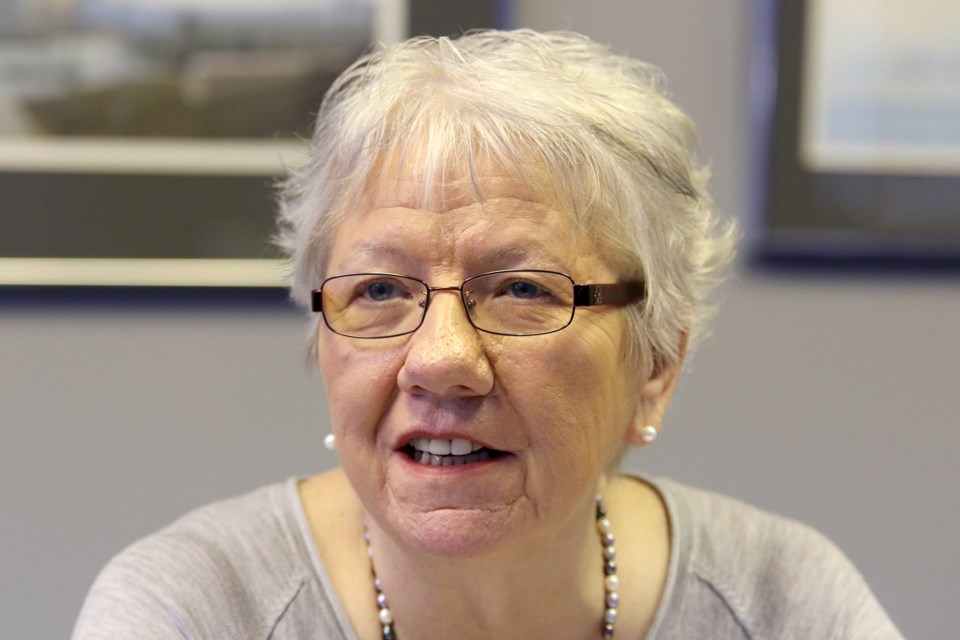THUNDER BAY, ONT. — With the transformation of provincial employment services underway, the North Superior Workforce Planning Board wants to make sure that Northern Ontario has its own “made-in-the-north” model to operate with.
The Northwestern Ontario region is one of the last to be transformed in the province.
The planning board is calling on its members to attend a Northern Ontario region-wide business conference called Made in The North: A Collaborative Transformation, this September, to discuss the provincial changes, the impact on Northwestern Ontario and how the northern communities can contribute.
Madge Richardson, executive director of the North Superior Workforce Planning Board, says the aim of the event is to provide a platform for people in the districts of Thunder Bay, Kenora and Rainy River to better understand and build a personalized and northern approach to the transformation.
She says there is much interest in the region for a collaborative approach to work together to find a made-in-the-north model that will be responsive to the needs of regional businesses and job seekers while being inclusive for all their stakeholders.
Richardson explained that there are three major changes to the provincial employment service system that are underway. The first is the merging of three large structures.
“Ontario Works and the Ontario Disability Support Program (ODSP) . . . are going to be merged into Employment Ontario, which virtually provided employment services for everyone other than Ontario Works and ODSP,” she said. “The second major change is that they’re looking at setting up the system within an economic region. At the present time, they’ve been delivered through a geographical district of Thunder Bay. Now they’re looking at the economic region of Northwestern Ontario, which actually encompasses Thunder Bay, Kenora, and Rainy River districts.”
The employment services aspects of ODSP and OW will be merged with Employment Ontario, while the financial assistance aspects will remain separate, the Thunder Bay District Social Services Administration Board noted.
Richardson says the three large systems are merging and the geographical area will become three times larger.
The third major change is that it’s a competitive process.
“Another way to say it is, they’re privatizing employment services. The Ministry of Labour, Training and Skills Development is now the Ministry of Labour, Immigration, Training and Skills Development,” she said. “Prior to that, they had service providers that they would contract to provide the services and the programs. Now all of those agencies that are presently doing it are going to have to compete for that contract. And so it’s being opened up to both the private and public sector.”
Things are already in the works. The competitive process will require all of the service providers or agencies that want to provide services and programs within this system, to qualify to be a bidder in this system, either late this year or into early 2023.
“They have to be prepared. They have to have some thought as to how they are going to do this. How much is it going to cost them to do this and how can they possibly do it over this vast geographical area with small, mostly rural — some remote — communities, small towns and bigger towns,” Richardson said.
“Is there transportation available? Is there housing available for the workers all of those braided services that are required to help people find or retain employment? It’s just huge.”
Another major component of the new model is the development of a service system manager for each economic region. This will open a competition for program and service delivery, award the contracts and then manage the transfer payment agreements with those successful service providers, Richardson says.
“Due to structuring and requirements of the agreements and transfer payments, service system managers will need to have access to very large bank accounts (millions of dollars) to sustain them before the outcome-dependent transfer payments are transferred to them,” she said.
“Having to have that much up-front money to operate before they reach the qualifying period and receive their transfer payments disqualifies most not-for-profits from having the capacity and wherewith to qualify them as (service system managers). Agencies may be able to collaborate with other entities to ensure cash startup and operations prior to regular transfer payments to kick in.”
Richardson says collaboration is the key to getting the expertise and diverse perspectives together to develop a model that will meet the requirements of the system managers.
“One of the major concerns and what raises a red flag for us is although they may be good within the system and the program, they’re not familiar with the area, or the individuals that live in the Northwestern Ontario region and the unique challenges we might face,” she said.
Essentially, Richardson and the planning board are trying to find a compromise to get away from a one-size-fits-all approach.
“The people that live (in Thunder Bay) and work in the workforce are different and they have different skills, they have different needs,” she said.
Meanwhile, the planning board is hoping to have many stakeholders, individuals and representatives of agencies, not-for-profit or for-profit businesses attend the Made in the North: A Collaborative Transformation at the Nor’Wester Hotel on Sept. 22. People can register for the conference online at www.nswpb.ca.
The Chronicle Journal
